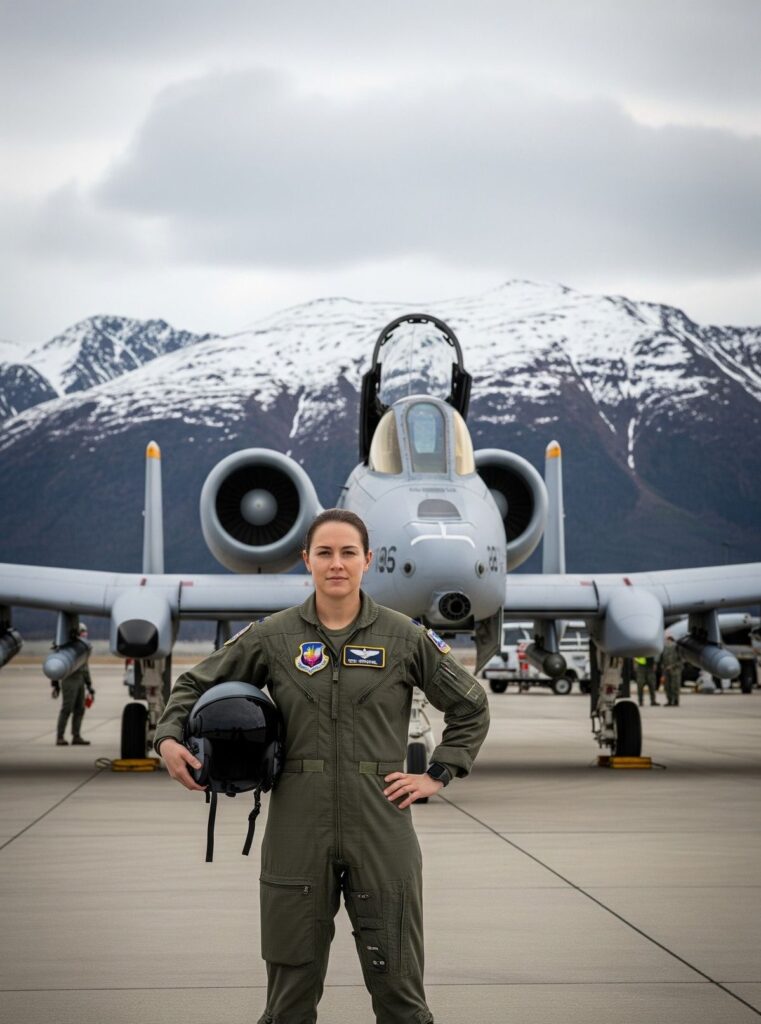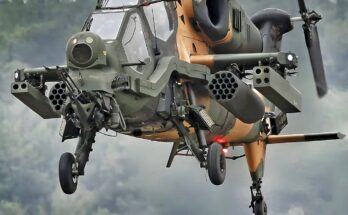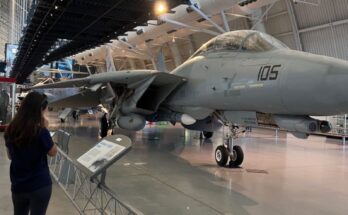
The United States Air Force A-10C Thunderbolt II, often called the “Warthog,” is one of the most distinctive aircraft in the American arsenal. Designed primarily for close air support, the A-10 has earned its reputation as a rugged and dependable platform capable of operating in demanding conditions. When stationed or deployed in Alaska, the A-10C brings its specialized strengths to one of the most challenging environments in which the U.S. military operates.
Alaska is a key strategic location for the Air Force. Its vast airspace, proximity to the Arctic, and position along the northern Pacific make it essential for both homeland defense and training. Units flying the A-10C in Alaska are tasked with a unique mix of responsibilities, from participating in large-scale exercises to standing ready for rapid deployment. The aircraft’s durability and low-speed maneuverability make it particularly well-suited for operations in the region’s harsh terrain.
The A-10C is an upgraded variant of the original Thunderbolt II, featuring modern avionics, precision engagement capabilities, and improved situational awareness tools. These enhancements allow pilots to carry out missions with greater accuracy and reliability. In Alaska, where weather can shift rapidly and visibility is often reduced, such systems are invaluable. The cockpit upgrades, combined with advanced targeting pods, give pilots the ability to identify and strike ground targets even in less-than-ideal conditions.
Training is a central mission for A-10C units in Alaska. The state hosts major exercises such as Red Flag-Alaska, which brings together U.S. and allied air forces to practice combat operations in a realistic setting. For A-10 pilots, these exercises provide opportunities to refine close air support tactics, coordinate with ground forces, and integrate with other aircraft types. The rugged Alaskan terrain, with its mountains, forests, and wide expanses of tundra, offers an ideal backdrop for simulating combat scenarios.
The A-10C’s famous GAU-8/A Avenger cannon remains its signature feature. This 30mm weapon, designed specifically to destroy armored vehicles, continues to make the aircraft a feared opponent. In Alaska, training often emphasizes the use of this cannon in conjunction with precision-guided munitions, reflecting the evolving role of the A-10 in modern warfare. While the threat of large-scale tank battles may be less prominent today, the ability to deliver accurate firepower in support of ground troops remains essential.
Operating in Alaska also highlights the A-10C’s survivability. The aircraft was built to take damage and keep flying, with features like redundant systems, titanium armor around the cockpit, and straight wings that allow for stable low-speed flight. These qualities are not only useful in combat but also practical in Alaska’s unpredictable environment, where snow, ice, and cold temperatures can present significant hazards.
The presence of the A-10C in Alaska underscores the Air Force’s commitment to maintaining readiness in the Arctic and Pacific regions. As great-power competition increasingly includes the northern latitudes, aircraft like the Warthog provide valuable capabilities for both deterrence and support. Though often discussed in the context of its eventual retirement, the A-10C continues to prove its worth in places like Alaska, where toughness, reliability, and precision are critical.


